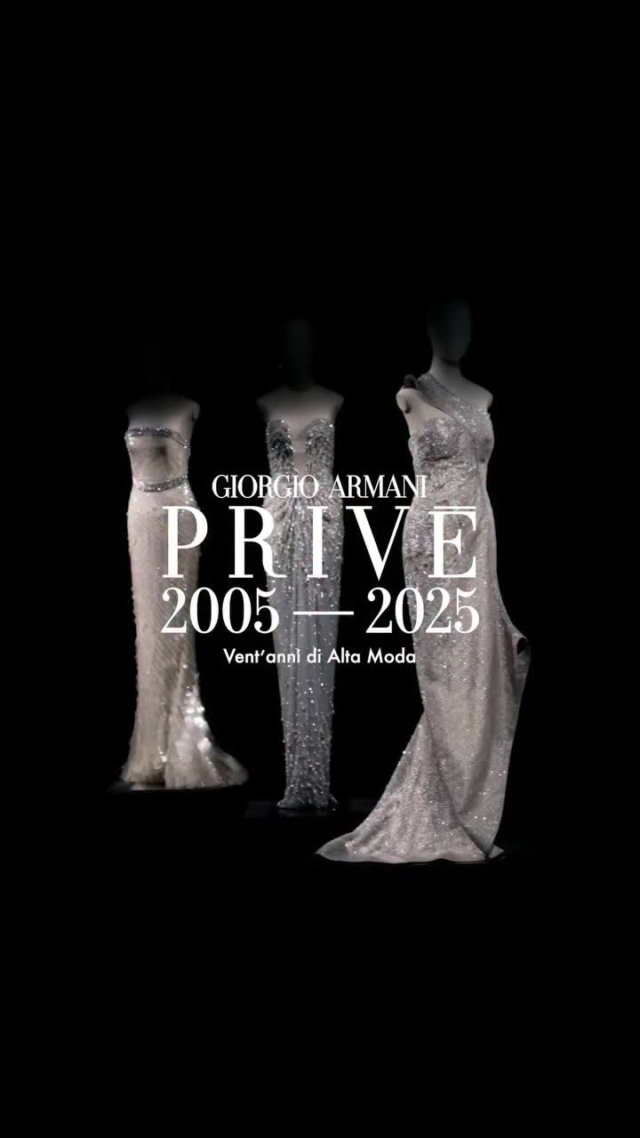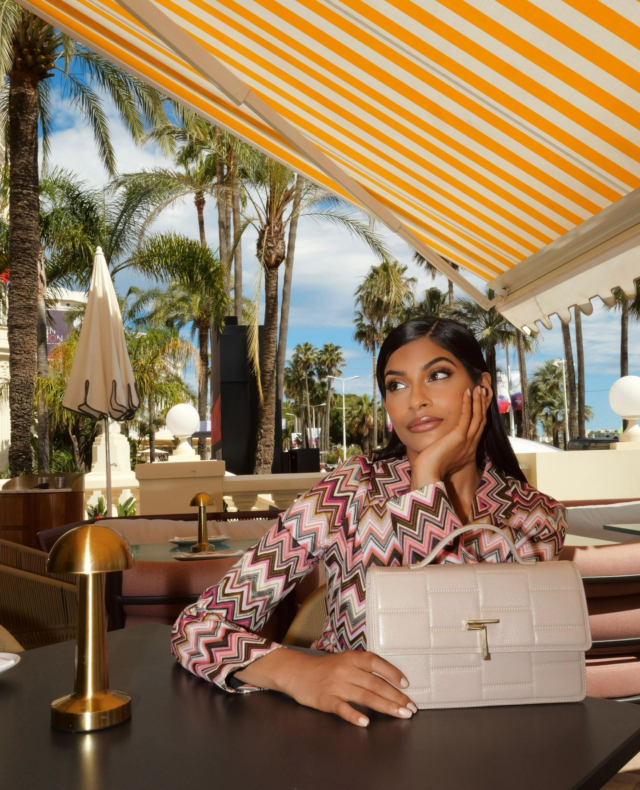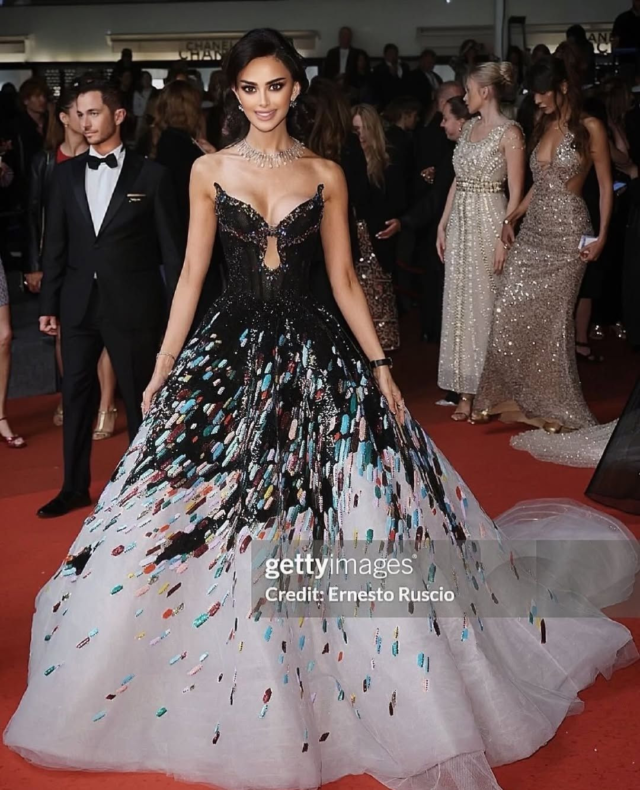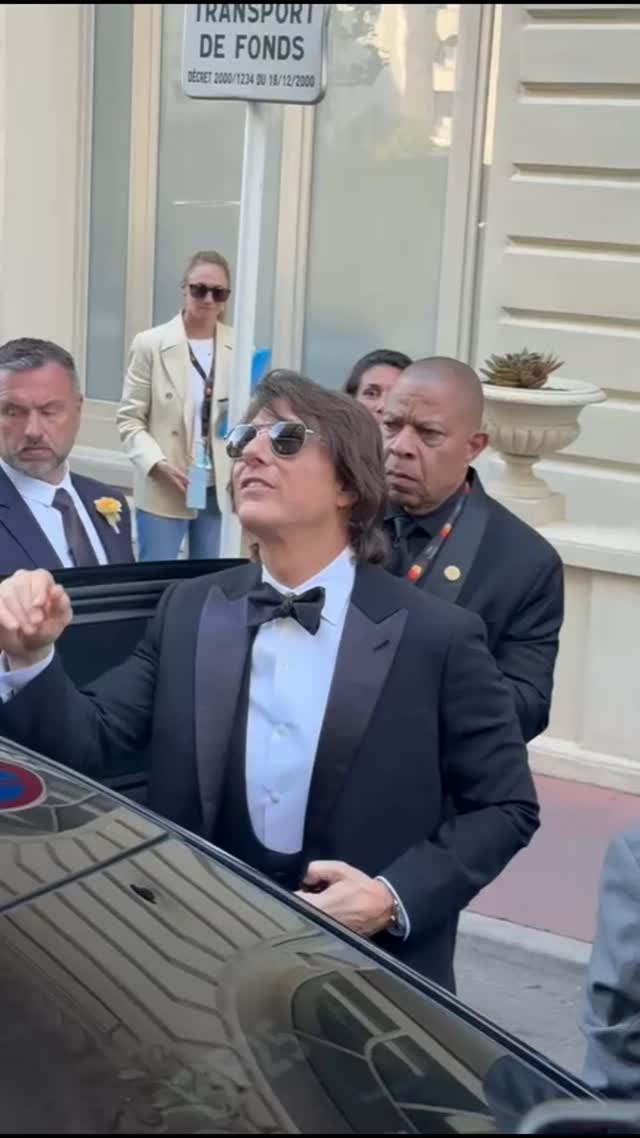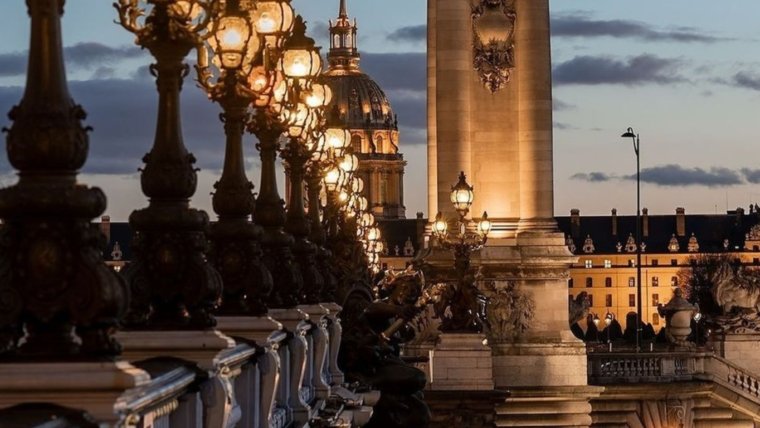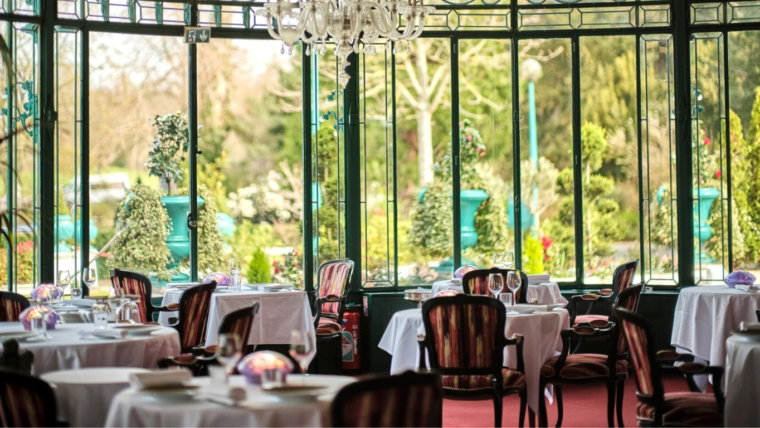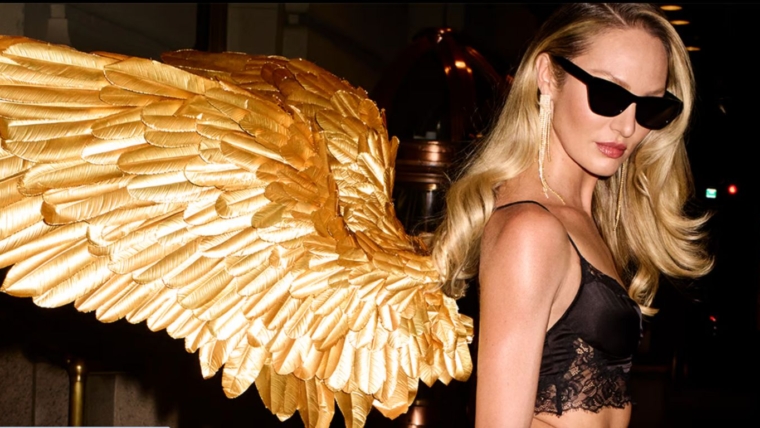Chanel Looks to the Highlands With a Studio-Led Collection Rich in Fabrics
July 9, 2025- Paris Couture Week: Chanel Haute Couture Fall 2025

All eyes are on Chanel this season. Matthieu Blazy, known for his work at Bottega Veneta, will take the creative direction of la maison this October. Replacing Virginie Viard, who exited earlier this year after five years at the helm. Until then, the studio carries the weight. Chanel Haute Couture Fall 2025 closes a chapter and opens the transition. The stakes are clear and the timing is precise.
To mark the moment, Chanel returned to its origins. The Grand Palais, newly restored, became the stage for this important fashion moment. The space echoed the couture salon at 31 rue Cambon. Mirrored walls. Pale suede benches. Long beige curtains. Carpet so thick that it silenced the room.
But the collection looked elsewhere. It followed Coco Chanel to the Scottish Highlands. Her history with the Duke of Westminster shaped the mood. The studio worked with tweed, grain, and wool. Guests found a golden wheat stalk on each seat. Chanel printed a book for the occasion. Chanel Haute Couture, edited by Sofia Coppola, celebrating 110 years of savoir-faire.
Chanel’s Final Studio Statement
“Full volume, full presence” is the name of the game! The first looks came layered and loaded: skirts over culottes, coats cut below the knee, jackets belted high at the waist. While the palette stayed close to the earth: moss green, chalk white, soft black, burnished gold.
Chanel leaned into the Highland narrative. The studio revisited Coco’s Scotland—her time with the Duke of Westminster, her obsession with grain, her walk through open fields in borrowed menswear. You saw it in the split jackets, the long vests, the thick wool pockets. One coat landed between a cape and a cassock. It was held at the shoulders, then released below the elbows in loose fringe.
Several looks echoed a military silhouette. Others borrowed from shepherds’ coats, fishermen’s layers, and hunting garb. The tweed broke open in some places. Threads pulled. Fringes unraveled. Feathers appeared suddenly, on shoulders or trailing from the hem. The embroidery stayed quiet. No sparkle. Just volume, relief, and grain.
Then came a shift. Black chiffon moved across ivory lace. One model wore a tunic that looked like a cassock pulled from a parish wardrobe, trimmed in lacquered lace. Another walked in a white skirt trimmed with wheat-gold sequins. The boots stayed high. The legs stayed covered. Everything looked ready for weather, for motion, for ritual.
Nothing about this collection felt seasonal. The clothes didn’t suggest autumn. They suggested history. They pulled from memory. From codes. From quiet defiance.
The finale returned to the salon. The bride walked out in a white robe of embroidered lace, dotted with pearls in jade green. The silhouette was soft, but the impact was sharp. She walked alone, then paused beneath a gilded wooden portico. The gesture felt final. Almost funèbre.
The Transition Begins
From the mirrored front row, Matthieu Blazy watched the collection take its last breath. The room filled with weight. Sofia Coppola returned to Chanel, seated beside Bruno Pavlovsky, quiet in grey. Penélope Cruz wore black tweed with a sharp white blouse. Margaret Qualley arrived in sheer chiffon, low-heeled, bare-necked. G-Dragon came layered in pearls and a long navy coat. The guest list leaned familiar. Loyal. Parisian.
This was the studio’s final statement—rooted in codes, sealed in ceremony. Meanwhile, Chanel still leads the couture calendar. Revenue slipped last year, but performance remains strong—over 18 billion in sales, more than 5 billion in adjusted EBITDA.
For more eco-luxury lifestyle updates, follow our Instagram. Want insider access? Contact us to join our VIP network for exclusive invites, upgrades, and more.

 Museum Sunday in Milano
Museum Sunday in Milano 
